
www.rhci-online.net/radiogram/radiogram.htm
██╗ ██╗██████╗ ██████╗ ██████╗ █████╗ ██████╗ ██╗ ██████╗ ██████╗ ██████╗ █████╗ ███╗ ███╗ ██║ ██╔╝██╔══██╗██╔════╝ ██╔══██╗██╔══██╗██╔══██╗██║██╔═══██╗██╔════╝ ██╔══██╗██╔══██╗████╗ ████║ █████╔╝ ██████╔╝██║ ██████╔╝███████║██║ ██║██║██║ ██║██║ ███╗██████╔╝███████║██╔████╔██║ ██╔═██╗ ██╔══██╗██║ ██╔══██╗██╔══██║██║ ██║██║██║ ██║██║ ██║██╔══██╗██╔══██║██║╚██╔╝██║ ██║ ██╗██████╔╝╚██████╗ ██║ ██║██║ ██║██████╔╝██║╚██████╔╝╚██████╔╝██║ ██║██║ ██║██║ ╚═╝ ██║ ╚═╝ ╚═╝╚═════╝ ╚═════╝ ╚═╝ ╚═╝╚═╝ ╚═╝╚═════╝ ╚═╝ ╚═════╝ ╚═════╝ ╚═╝ ╚═╝╚═╝ ╚═╝╚═╝ ╚═╝
|
RSID: <<2014-06-28T11:31Z MFSK-64 @ 6095000+1500>>
<STX>
Greetings to radio amateurs in North America participating in
this weekend's Field Day event. Portable amateur stations test
the ability to operate in emergencies. And it's a contest to
work as many stations as possible.
<EOT>
<STX>
Sending Pic:144x90C;

<EOT>
<STX>
Thanks to The Mighty KBC...
<EOT>
██╗ ██╗ ██████╗ █████╗ ██████╗ █████╗ ██████╗ ██╗ ██████╗ ██████╗ ██████╗ █████╗ ███╗ ███╗ ██║ ██║██╔═══██╗██╔══██╗ ██╔══██╗██╔══██╗██╔══██╗██║██╔═══██╗██╔════╝ ██╔══██╗██╔══██╗████╗ ████║ ██║ ██║██║ ██║███████║ ██████╔╝███████║██║ ██║██║██║ ██║██║ ███╗██████╔╝███████║██╔████╔██║ ╚██╗ ██╔╝██║ ██║██╔══██║ ██╔══██╗██╔══██║██║ ██║██║██║ ██║██║ ██║██╔══██╗██╔══██║██║╚██╔╝██║ ╚████╔╝ ╚██████╔╝██║ ██║ ██║ ██║██║ ██║██████╔╝██║╚██████╔╝╚██████╔╝██║ ██║██║ ██║██║ ╚═╝ ██║ ╚═══╝ ╚═════╝ ╚═╝ ╚═╝ ╚═╝ ╚═╝╚═╝ ╚═╝╚═════╝ ╚═╝ ╚═════╝ ╚═════╝ ╚═╝ ╚═╝╚═╝ ╚═╝╚═╝ ╚═╝
RSID: <<2014-06-28T16:01Z
MFSK-32 @ 17860000+1500>>
<STX>
Welcome to program 65 of VOA Radiogram from the Voice of America.
I'm Kim Andrew Elliott in Washington.
Here is the lineup for today's program (MFSK32 centered on 1500
Hz):
1:36 Program preview (now)
2:40 Amateur radio Field Day, with image
5 03 VOA Cold War broadcasts from a ship, with
image
14:25 Scientists push for continued HAARP funding, with image
23:08 Associazione Italiana Radioascolto beacon, with image
26:30 Closing announcements
Please send reception reports to radiogram@voanews.com.
And visit voaradiogram.net.
Twitter: @VOARadiogram
<EOT>
<STX>
Greetings and CQ FD to radio amateurs in the Americas
participating in this weekend's ARRL Field Day. The objective is
to work as many stations as possible on all amateur bands
(excluding 60, 30, 17, and 12 meters) and to learn to operate in
abnormal situations in less than optimal conditions.
More information at http://www.arrl.org/field-day
<EOT>
<STX>
Sending Pic:226x141C;
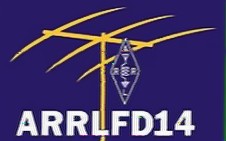
<EOT>
<STX>
VOA NEWS
Decades after the Cold War, a VOA-Coast Guard Partnership is
Honored
Adam Phillips
June 24, 2014
NEW LONDON, CONN. - In 2014, long after the end of the Cold War,
the USCGC Courier may not be familiar to most Americans, citizens
of the former Soviet Union or the Eastern bloc. But, between 1952
and 1964, this Coast Guard vessel floated off the coast of
Rhodes, Greece, and beamed thousands of hours' worth of Voice of
America broadcasts behind the Iron Curtain. Ever since, veterans
of this unique partnership have held anniversary reunions to
celebrate their mission and the friendships it fostered. This
year, they gathered at the United States Coast Guard Academy in
New London, Connecticut to enjoy an exhibit dedicated to the
Courier.
Cold War newsreels about the Coast Guard-VOA partnership sound
dated to some, but for people on both sides of the Iron Curtain
separating the Soviet Union and Eastern Europe from the West, the
struggle between communism and democracy was very real.
"We were real proud of our job. We got through to people who
couldn’t hear the truth and we kept working to get that message
across and it made us feel good to know that they got the truth
from somewhere, that in their native countries was censored,"
said Bob Marriott, who was part of the Courier’s original Coast
Guard crew.
Along with news, listeners behind the Iron Curtain also relished
VOA’s musical and cultural programming.
To relay its broadcasts, the Courier used antennas far more
powerful than land-based AM stations.
Maintaining a clear signal when the Soviets tried to disrupt or
"jam" VOA broadcasts was a constant challenge that Bob Marriott
likened to a high stakes game of "cat and mouse."
"We were matching our wits against the guy in Russia that was
trying to jam us. And we took pride in having a couple extra
frequencies available so when he lined up on our frequency, we
clicked him off and got another one and kept the program going.
We were the tip of the bayonet. It felt real good," said
Marriott.
Unlike most military ships, the Courier did not carry heavy
armaments or weaponry, much less bayonets. It relied on Navy
vessels to come to its aid if the need arose, which sometimes
happened.
The Courier and VOA crews, along with their money, were a boon to
Rhodes itself, which had been nearly destroyed during World War
II, said Maria Lowther, a Greek who had come to the island as a
refugee and later married a Coast Guardsman.
"We did not have enough money to put food on the table and all of
a sudden, this ship appears," recalled Lowther. "And the money
started flowing. But above all, it was the dignity of the people
that was saved. The American spirit was absolutely unbelievable."
The families of Coast Guard and VOA personnel lived on Rhodes,
where they bonded with the islanders. The visitors also feasted
on the American spirit the VOA provided, especially in the form
of rock and roll.
Denise Clemens was an American teenager whose father was an
engineer aboard the Courier. She recalled the affections of one
Greek.
"I had a boy who was crazy about me and that was because of those
VOA broadcasts. He wanted a ticket to America. And he decided I
was his ticket. And so every time I would walk anywhere he’d ride
his bicycle around and around singing, 'You Are My Destiny,' by
Paul Anka at the top of his lungs. He might not have known any
other English, but he knew those words," said Clemens.
That boy never did win Denise’s hand.
For their part, the American Coast Guardsmen and their families
consider themselves winners many times over. As one veteran
officer who attended the U.S. Coast Guard Academy’s commemorative
exhibit put it: "It almost makes you cry. We made lifelong
friends and comrades, and we helped win the Cold War without
firing a shot. Not bad. Not bad at all."
http://www.voanews.com/content/decades-after-the-cold-war-a-voa-coast-guard-partnership-is-honored/1944320.html
See also...
http://www.uscg.mil/tcyorktown/info/History/Cutters/courier.asp
http://www.uscg.mil/history/webcutters/courier_wagr410_photos.asp
http://www.navytimes.com/article/20140616/NEWS03/306160038/Coast-Guard-Cold-War-mission-celebrated
http://www.offshore-radio.de/fleet/courier.htm
<EOT>
<STX>
Image: USCGC Courier near Rhodes. The red objects on the foredeck
are shortwave antennas...
<EOT>
<STX>
Sending Pic:338x125C;
| Internet: | |
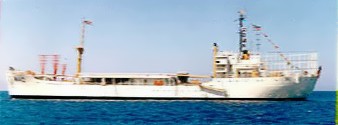 |
 |
<EOT>
RSID: <<2014-06-28T16:14Z
MFSK-32 @ 17860000+1500>>
<STX>
This is VOA Radiogram from the Voice of America
Please send reception reports to radiogram@voanews.com
VOA NEWS
HAARP Scientists Push for Funding for Facility in Alaska
George Putic, KI4FNF
June 18, 2014
One of the most wide-spread conspiracy theories of recent years
has concerned a radio-frequency facility in a remote part of
Alaska, started by the military in 1993 and known by its acronym
HAARP. Critics allege the government was trying to control the
weather or even peoples minds. Scientists who worked there say
the fears are completely unfounded, though, and they now are
fighting to preserve the project from being shut down.
The late inventor Nikola Tesla, whose ideas and designs
contributed to our modern electricity supply system, claimed it
is possible to send power through the air.
Dennis Papadopoulos, a Professor of Electrical Engineering at the
University of Maryland, said Tesla was a genius.
"He had a lot of wonderful ideas. About 10 percent were great
and the 90 percent ended up being crack-pottish," said
Papadopoulos.
Sure, we can send some power through the air, that is how we
listen to the radio, watch TV and talk through mobile phones, but
radio waves deteriorate with distance, and even more so when they
pass through water. That is one of the reasons the U.S. military
began the High Frequency Active Auroral Research Program, or
HAARP.
The 12-hectare facility has rows of towering antennas, 180 in
all, each with a transmitter. Together, they can send up to 3.6
million watts into the ionosphere, the electrically conductive
part of the upper atmosphere that can 'bounce' radio signals back
to earth.
Papadopoulos, who was involved in the research at the Alaska
facility, said one of the military's major interest at the time
the project's conception was communication with submarines on
patrol.
"To communicate with submarines, you have to have very low
frequencies, which means wavelengths which are a thousand
kilometers or larger. To create those with ground stations, you
have to have installations that were half the [size of the] state
of Wisconsin," he said.
He said the idea was to turn the ionosphere into a giant antenna
to transmit signals underwater.
The United States also was concerned with the possibility of a
nuclear bomb blast in the atmosphere increasing the density of
electrons in the radiation belt and disabling all its satellites.
Papadopoulos said so little was known about the ionosphere that
each new experiment led to new discoveries.
"We discovered for the first time that we could create our own
little ionosphere, namely we can increase the density of
electrons and create patches, which we could use as reflectors of
any frequency we want, so we can really guide even gigaherz waves
around," he said.
But controlling the weather? Or causing earthquakes? The idea
that an individual project could have an effect greater than the
polar vortex, the energy of the sun or even the total sum of
human interactions with nature is rather difficult to believe,
said George Washington University Space Policy Institute Director
Scott Pace.
"There are a lot of conspiracy theories because people tend to
believe that somewhere, someone, some human is in control. The
actual answer is that things are much more chaotic and much more
not subject to our control," he said. "Mother Nature does not
care and trying to understand what is going on with nature is
much broader and bigger than any individual project."
Scientific advances and shrinking budgets caused the U.S.
military to propose closing the facility this year. Papadopoulos
said the international scientific community would like to keep
HAARP open, and offers to contribute to its $5 million annual
budget have come from Canada, Britain and Taiwan.
Congress is expected to decide soon whether to accept that help.
http://www.voanews.com/content/haarp-scientists-push-for-funding-for-facility-in-alaska/1940082.html
<EOT>
<STX>
Image: Antennas for the High Frequency Active Auroral Research
Program [HAARP] are seen near Gakona, Alaska (AP) ...
<EOT>
<STX>
Sending Pic:206x215C;
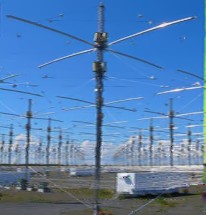
<EOT>
<STX>
This is VOA Radiogram from the Voice of America.
Please send reception reports to radiogram@voanews.com
VOA Radiogram has many listeners in Italy, and many of these
Italian listeners are members of A.I.R., Associazione Italiana
Radioascolto.
The A.I.R. held its 32nd annual meeting on 9-10 May in Turin
(Torino). One of the activities at the meeting was the launch, in
the River Po, of a bottle containing a 10-milliwatt beacon
transmitting on 28325 kHz...
<EOT>
<STX>
Sending Pic:137x318C;
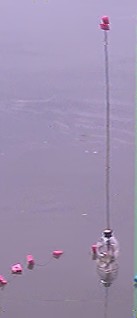
<EOT>
<STX>
Thanks to Fiorenzo Repetto. More information about A.I.R. at
http://www.air-radio.it
<EOT>
RSID: <<2014-06-28T16:26Z
MFSK-32 @ 17860000+1500>>
<STX>
Please send reception reports to radiogram@voanews.com.
And visit voaradiogram.net.
Twitter: @VOARadiogram
Thanks to colleagues at the Edward R. Murrow shortwave
transmitting station in North Carolina.
I'm Kim Elliott. Please join us for the next VOA Radiogram
This is VOA, the Voice of America.
<EOT>
RSID: <<2014-06-28T16:27Z
MFSK-64
@ 17860000+1500>>
<STX>
Sending Pic:316x28C;
![]()
<EOT>
<<2014-06-28T16:28Z
CW @ 17860000+1500>>
CQ FD DE VOA RADIOGRAM K
[Calling Field Day from the Voice of America Radiogram, please come]
www.rhci-online.net/radiogram/radiogram.htm
|
QTH: |
D-06193 Petersberg (Germany/Germania) |
|
Ant.: |
Dipol for 40m-Band |
|
RX: |
ICOM IC-R75 + IF-mixer |
|
Software IF: |
con STUDIO1 - Software italiano per SDR [SAM-USB] |
|
Software AF: |
|
|
OS: |
German XP-SP3 with support for asian languages |
|
PC: |
MEDION Titanium 8008 (since 2003) [ P4 - 2,6 GHz] |
DRM-images - received via EASYPAL/DSSTV on 14233kHz/USB (FRG-100 / Dipol for ~12 MHz)
Here are some pics of IZ3JZP [Alessandro Sambugaro, 37051 Bovolone, Veneto, Italy JN55NG ] received in the last days:
[Bovolone is a town and a comune (municipality) in the Province of Verona in the Italian region Veneto, located about 90 kilometres (56 mi) west of Venice and about 25 kilometres (16 mi) southeast of Verona.]
"..Il ruolo dei radioamatori è fondamentale per le comunicazioni in caso di calamità, ricordiamo, infatti, il terremoto in Abruzzo dell’Aprile 2009, in quel caso i radioamatori si sono resi fondamentali per assicurare le comunicazioni di emergenza. Purtroppo però i radioamatori sono ricordati solo in queste tragiche circostanze e sono sempre visti come disturbatori dell’etere con le proprie apparecchiature radio e antenne; i radioamatori sono semplicissime persone accumunate da un bellissimo hobby e che cercano di essere utili e di offrire un servizio anche in queste circostanze."
".. The role of amateur radio is critical for communications in the event of a disaster. Remember, in fact, the April 2009 earthquake in Abruzzo. In that case amateurs have become critical to ensure emergency communications. Unfortunately amateurs are mentioned only in these tragic circumstances and they are always seen as RF-troublemakers with their own radio equipment and antennas. Radio amateurs are simple people united by a wonderful hobby and try to be helpful and to offer a service in these circumstances. "
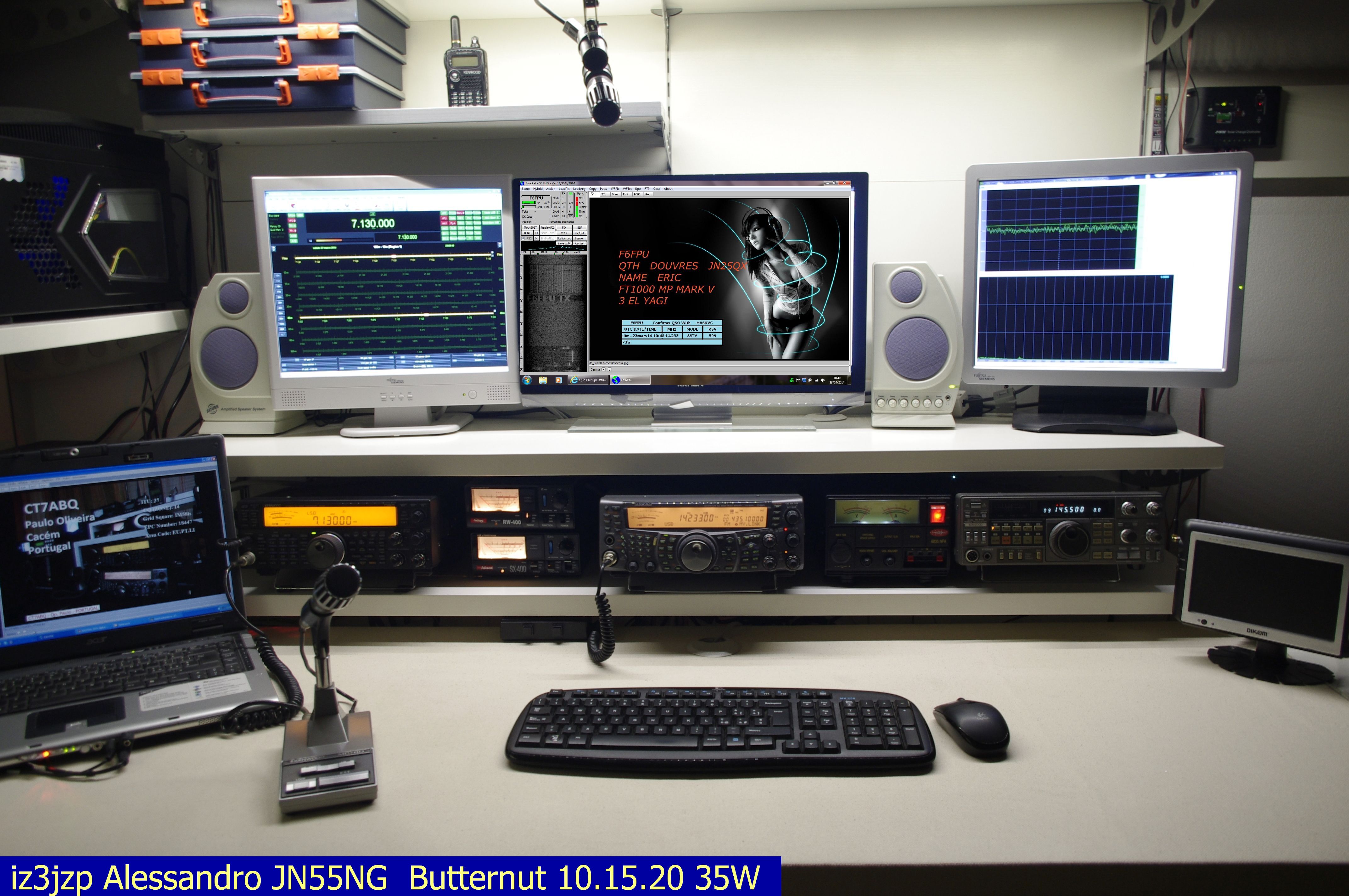 |
|
|
|
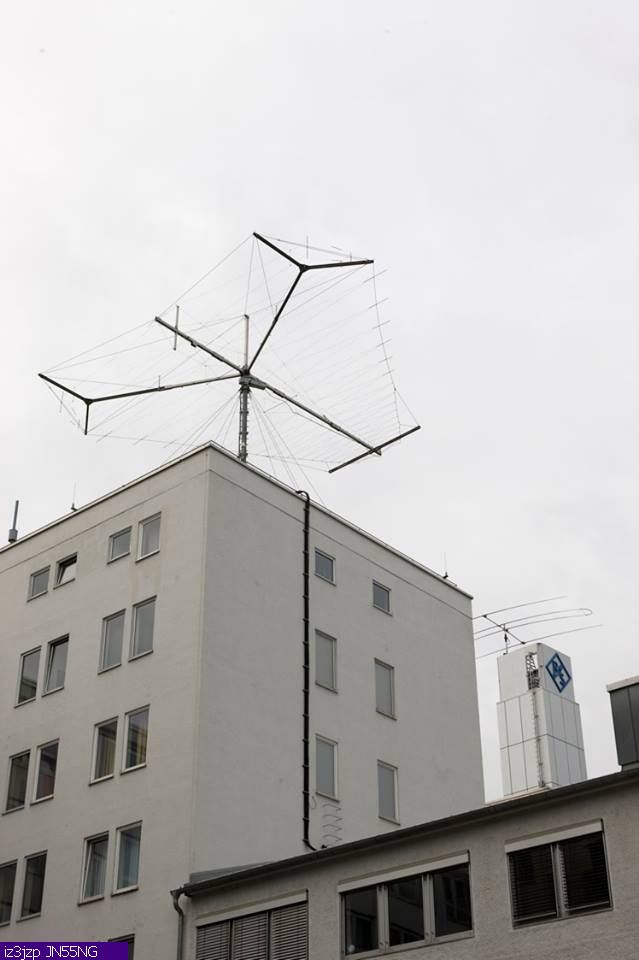
|
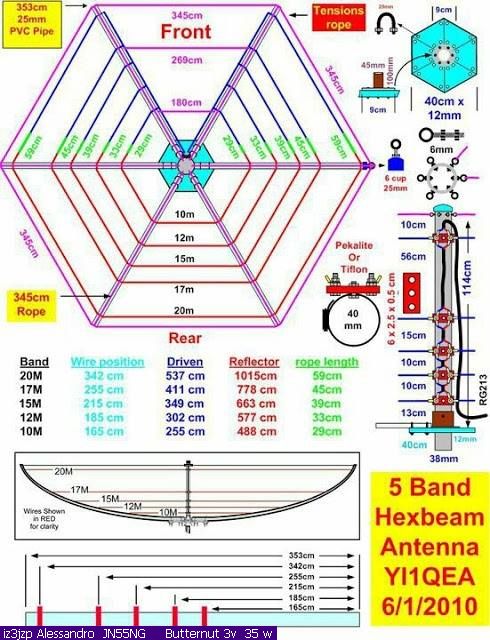 |
|
|
|
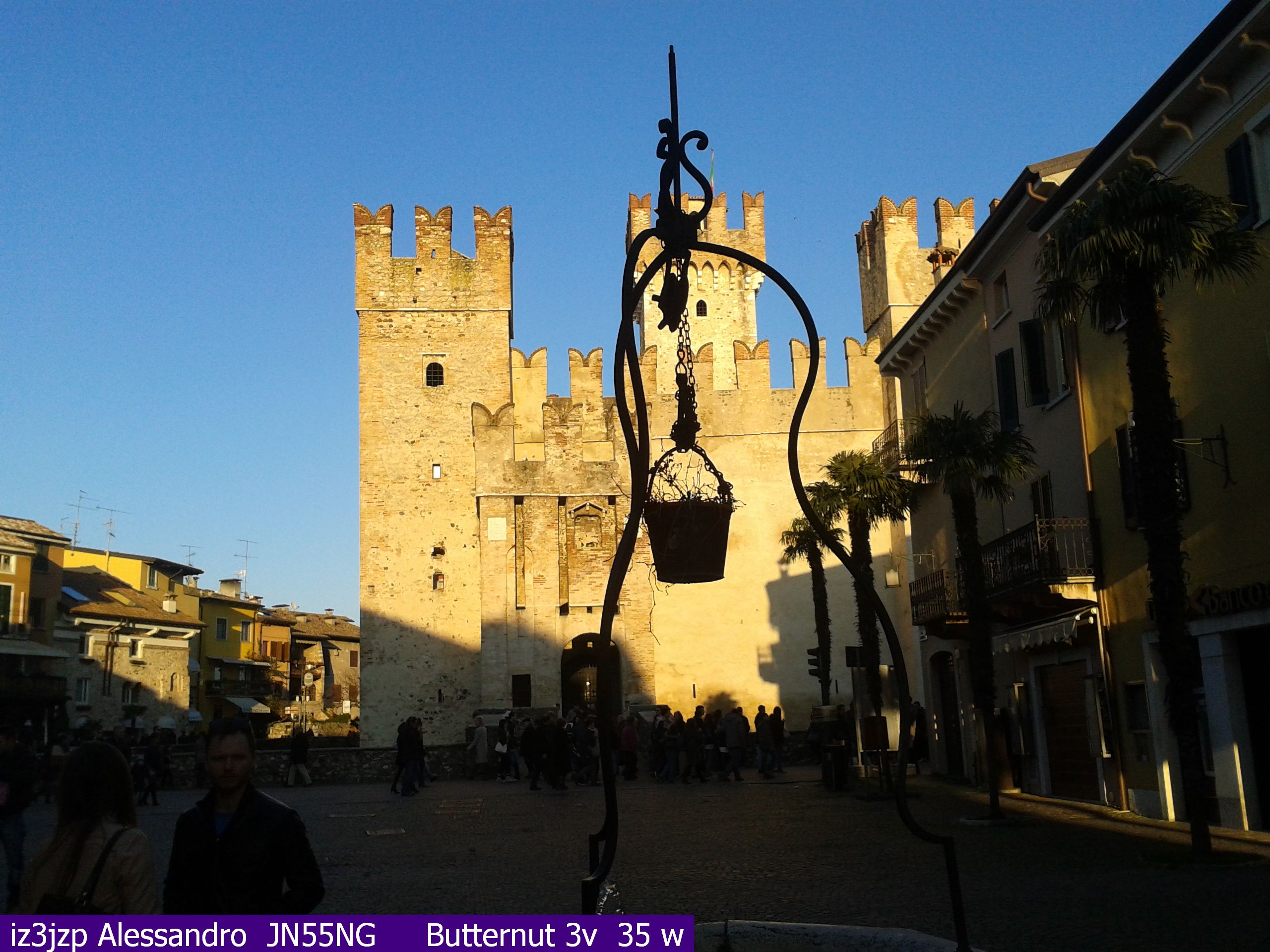 |
|
|
|
|
|
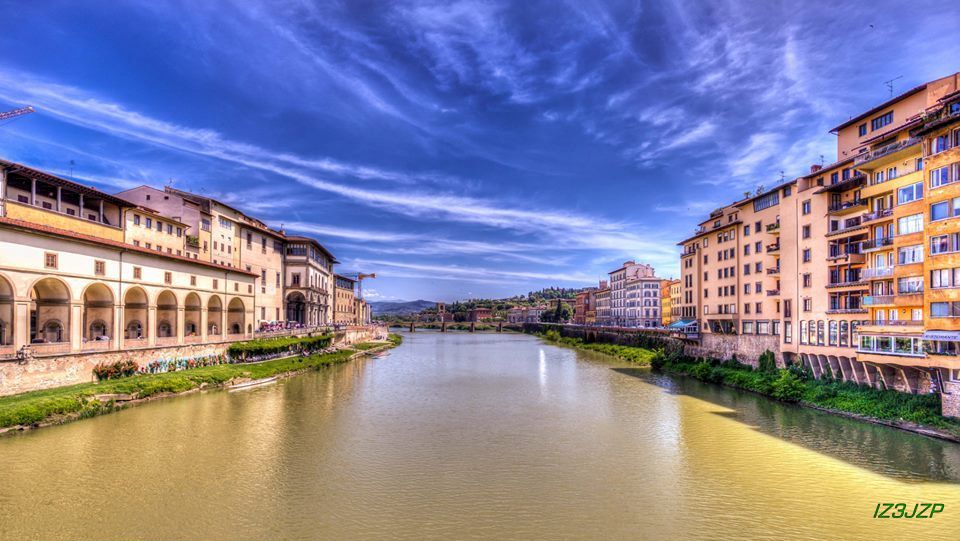 |
|
|
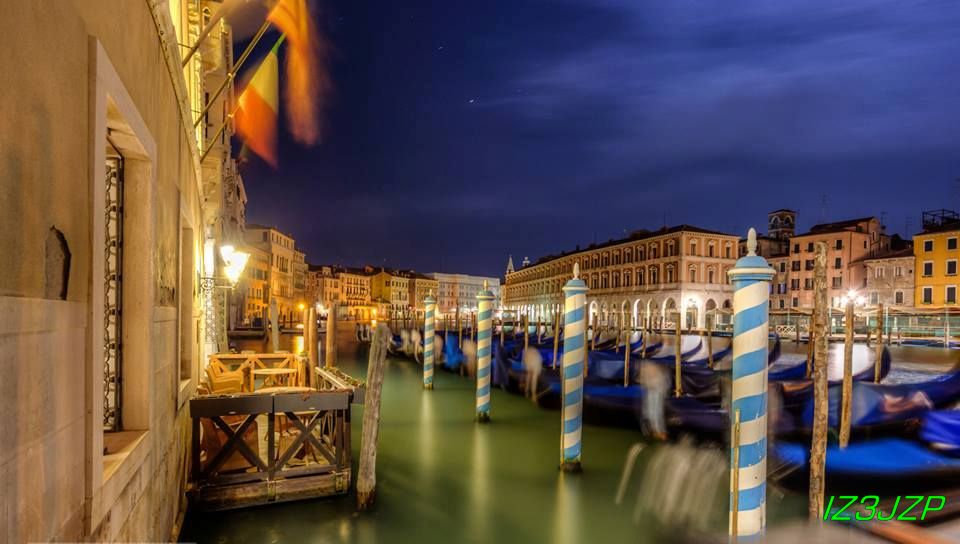 |
|
|
 |
|
|
|
|
|
|
|
|
|
|
|
|
|
|
|
 |
 |
 |
|
 |
|
|
|
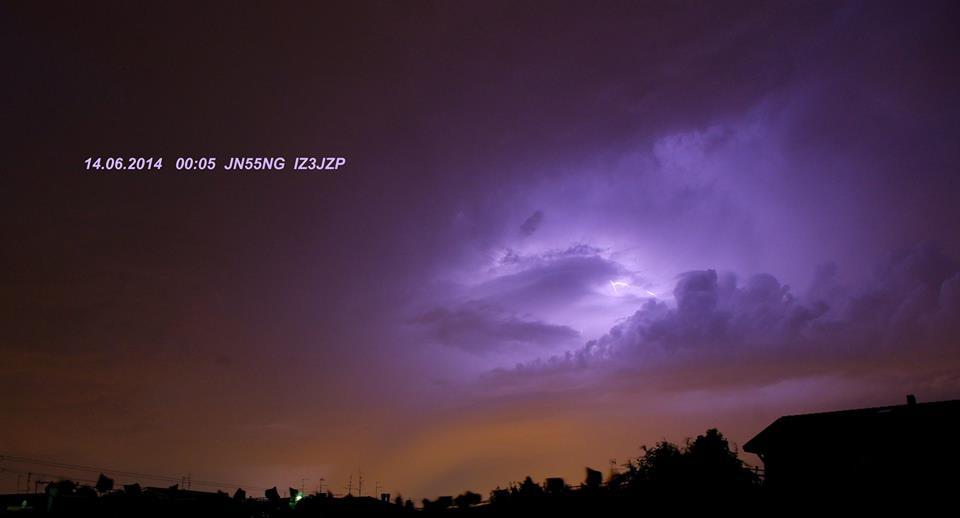 |
|
|
 |
|
|
 |
|
|
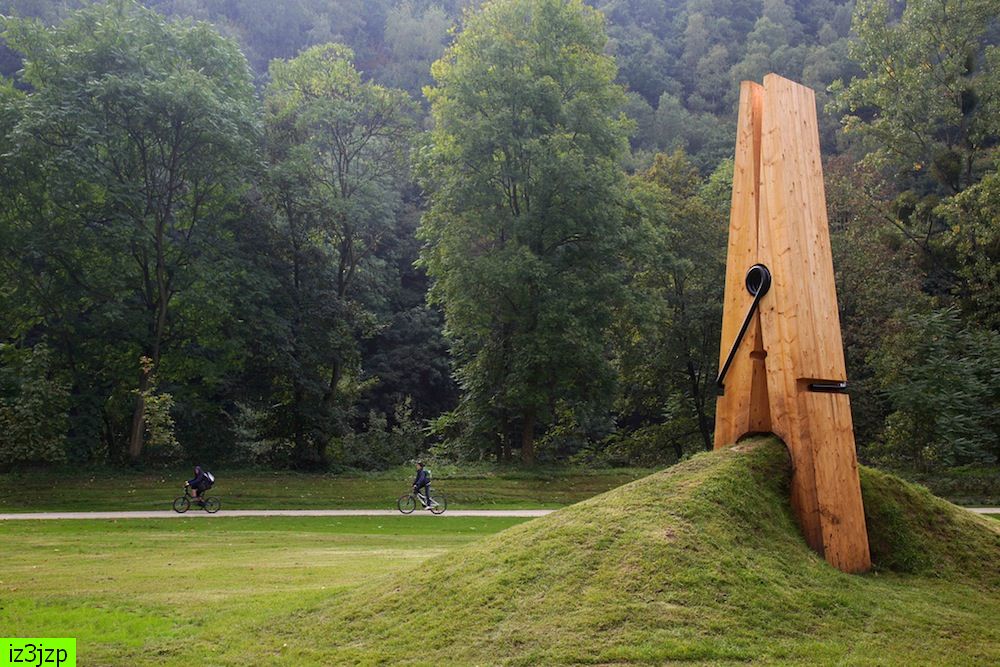 |
|
|
|